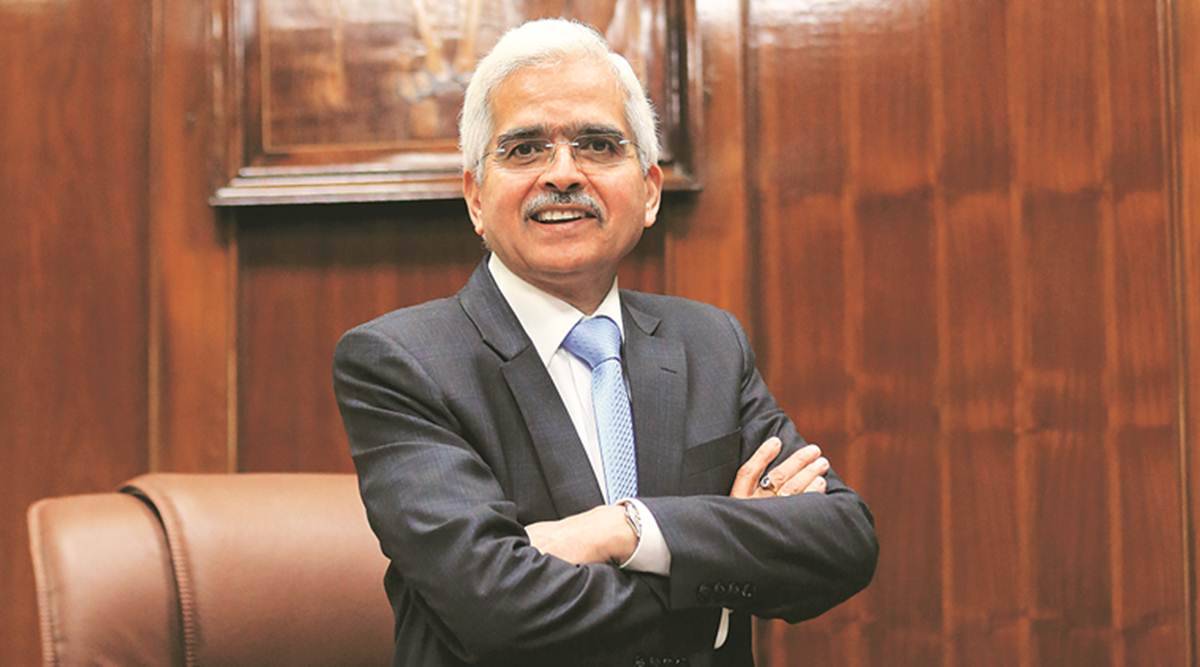NEWS
Inflation as handcuff, RBI leaves interest rates unchanged
inflation is likely to remain elevated; signs of recovery are far from being broad-based and are dependent on sustained policy support.
inflation is likely to remain elevated; signs of recovery are far from being broad-based and are dependent on sustained policy support.

Caught between the inflationary devil and the deep sea of slow growth, the Reserve Bank of India (RBI) has left the interest rates unchanged.
This leaves little room for the central bank to support a recovery. The Monetary Policy Committee (MPC) is of the view that inflation is likely to remain elevated, barring transient relief in the winter months when prices of vegetables stay soft.
"This constrains monetary policy at the current juncture from using the space available to act in support of growth. Our paramount objective is to support growth while ensuring that financial stability is maintained and preserved at all times," said RBI governor Shaktikanta Das.
All members of the MPC voted unanimously to continue with the accommodative stance as long as necessary at least during the current financial year and into the next financial year. This is to revive growth on a durable basis and mitigate the impact of COVID-19 on the economy, while ensuring that inflation remains within the target going forward.
"Such explicit forward guidance by the RBI in October and December is akin to Fed guidance post 2008 that had significantly anchored market expectations and we believe it is the best part of RBI policy announcement. Eminent monetary theorist Michael Woodford has described monetary policy as 'the art of managing expectations' as little else matters in a modern financial system. RBI revised its FY21 real GDP growth from a decline of 9.5% to a decline of 7.5%; CPI inflation is projected at 6.8% for Q3, and 5.8% for Q4 FY21," said the State Bank of India's chief economic adviser Soumya Kanti Ghosh.
The signs of recovery, however, are far from being broad-based and are dependent on sustained policy support.
The RBI said there is a small window for proactive supply management strategies to break the inflation spiral fuelled by supply chain disruptions, excessive margins, and indirect taxes. Further efforts are necessary to mitigate supply-side driven inflation pressures. The monetary policy will monitor closely all threats to price stability to anchor broader macroeconomic and financial stability.
"The prospects of political stability and expectation of a fiscal stimulus have churned up a risk appetite, causing investors to exit US treasuries and search for returns. We will respond to global spillovers in order to secure domestic stability with liquidity management operations," Das said.
"The various instruments at our command will be used at the appropriate time, calibrating them to ensure ample liquidity is available to the system," he added
Some market participants had anticipated the banking regulator to act on the rising surplus liquidity in the system in light of the increasing inflationary pressures. "However, the absence of any major liquidity absorption measures in the midst of a prolonged inflationary episode, and indeed the upward revision of both the RBI's growth and inflation forecasts might be somewhat puzzling," said HDFC Bank chief economist Abheek Barua.
"It could mean that the RBI is cautious about the durability of the growth given the myriad uncertainties, and it is willing to tolerate a higher inflation as long as the growth impulses become more firmly entrenched," Barua added.
